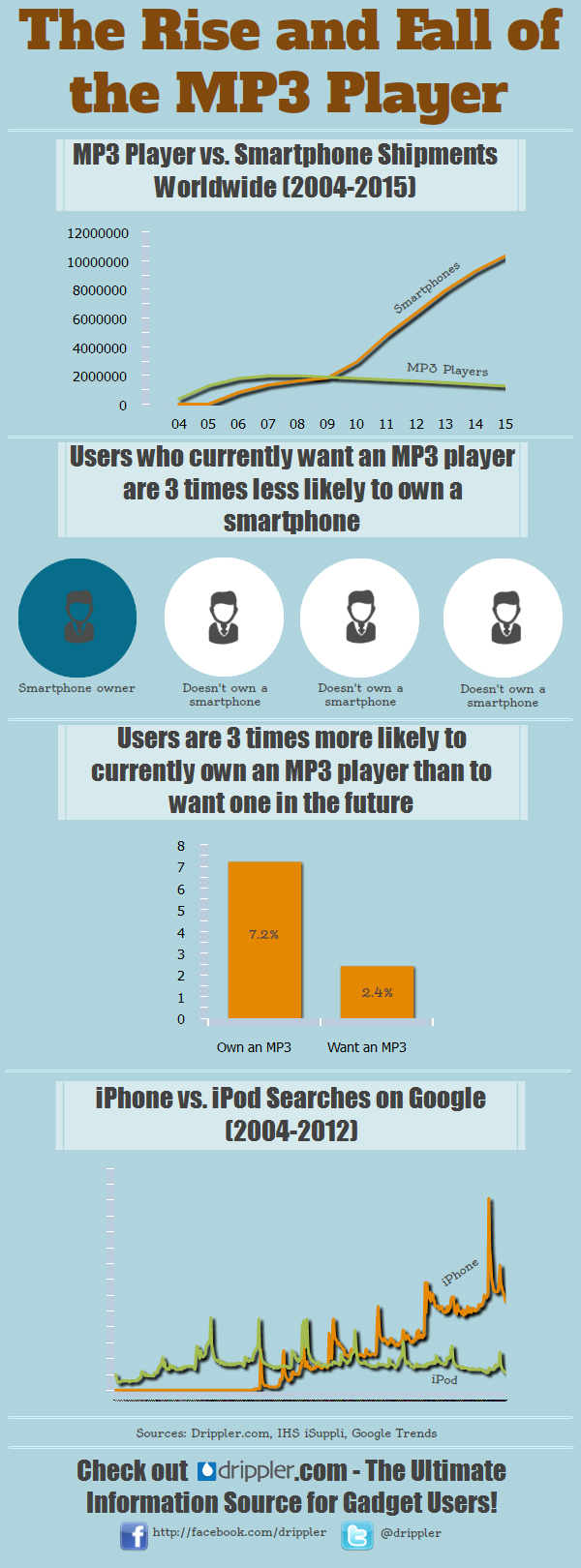A startup’s biggest challenge is marketing. Surely financing, hiring a great team, building a killer product among other challenges startups face are hard to pull off, but once you’ve got that product, you face the greatest challenge of all. Getting people to sign up to your service, download of your app or purchase your product is the one thing that any startup strives to succeed at doing.
Having your marketing strategy as an integral part of your product is a huge advantage in many cases. Social networks have that viral element as an integral part of their product: the experience improves when the user’s friends are on the network too so users naturally share and invite their friends to join. UGC (User Generated Content) platforms such as Q&A sites have SEO (Search Engine Optimization) as an integral part of their product: users generate unique content which helps the site get more search traffic and grow. These examples are pretty straightforward and have been popular marketing strategies for startups.
PR is another popular startup marketing strategy, yet a very tricky one. Sure, getting covered when you launch or when you close a financing round is nice, but that doesn’t make it a strategy. To make PR a strategy, you’ll need to get covered regularly. In order to get coverage you need to have an interesting story to tell, and in order get coverage on a regular basis you need to be able to generate interesting stories regularly. This can be potentially done by many startups today by leveraging the big data they are sitting on. As you can see on this great presentation about PR strategy for startups by Alan Weinkrantz, startups today have big data which they can also use for PR purposes.
To give you a sense of what I’m talking about – at my startup, Drippler, we’re building the ultimate information source for gadget users. On Drippler, users set up their gadget portfolio — gadgets they own (“Have it”) and ones they want (“Want it”), so they can get personalized updated and news. Ever since we reached a large user base, this data gives us amazing insights of current and even future trends in the gadget world (we actually know today what people are going to get in the future). So we leverage this by providing the media with unique statistics and trends that we’re able to spot, such as “Most Blackberry owners want to switch to Androids or iPhones” or how “The smartphone is slowly killing the standalone MP3 player”. Since we started doing this, our research has been used by many major blogs and newspapers including The Economist.
Here’s an example of an infographic we released, which is based on data from Drippler:

What I’m suggesting now is to take this one step further: when you build your product, think how you can make PR an integral part of it. Build your product in a way that will allow you to naturally generate interesting data for PR purposes. If you can regularly provide the media, bloggers and analysts with unique data and stats, you are bound to get far more coverage which will help your business grow.
If you’re interested in gadget trends , stats and research please reach out to me at [email protected]






